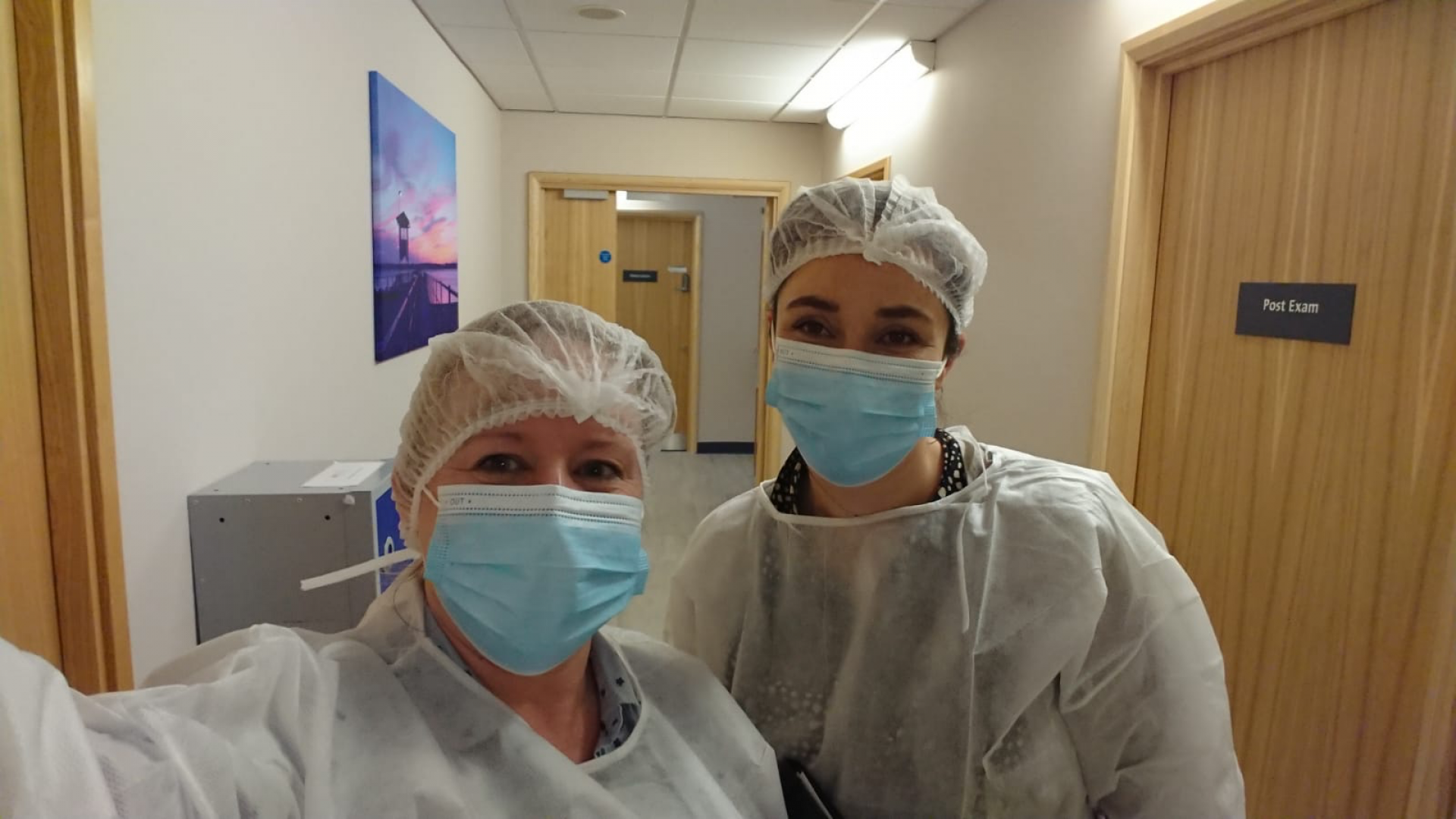13th June 2025

To date, most SARCs in England and Wales have yet to assess their cleaning processes from a DNA anti-contamination perspective. Therefore the FCN have undertaken a validation exercise to centrally evaluate and demonstrate fitness for purpose of the cleaning processes SARCs most commonly use, with the aim of reducing the work required by individual units to just conducting local verification exercises in order to meet the accreditation requirements of ISO 15189 and relevant sections of the FSR Code of Practice. This validation exercise is applicable to the examination facilities of both SARCs and custody suites, given that both may encounter levels of DNA from body fluids during the examination of a complainant or detainee.
This validation exercise evaluated the efficacy of the cleaning processes and associated chemicals used within SARCs. It utilised dried blood, semen and saliva body fluid stains as a representation of worst-case scenarios that SARCs might reasonably encounter, thereby ensuring that lower risk DNA contamination sources such as touch DNA are also reduced.
Target levels of cleanliness for SARCs are expected to be defined in the next update of FSR-G-212. As an interim measure effectiveness of cleaning was measured against criteria used in the Environmental Programme for SARCs operated by Cellmark Forensic Services who also conducted the experimental work of this exercise. Both allele count and quantitation of recovered DNA contaminant were assessed with the former assigned green, amber and red categories in terms of observed levels of contamination and recommended responses.
Chemicals included in this assessment were Chemgene, Virkon, Selgiene, Virusolve, and Microsol plus a cleaning agent containing bleach (Presept) as a benchmark.
Mechanical Action
A directional circular wiping action as recommended by the Scottish Police Authority gave better results than a zig zag motion, so the former was used in subsequent experiments. However, the mechanical element of cleaning would benefit from further investigation.
Different Body Fluids
Overall, on comparison of blood, semen and saliva stains, the greatest efficiency of reduction in recoverable DNA was from blood regardless of the chemical used. Saliva and semen gave broadly similar reductions.
Impregnated Wipe versus use of Spray followed by Wipe
This test considered efficiency of reduction in recoverable DNA using commercially available wipes that have been pre-impregnated with cleaning chemical versus spraying a surface with the same chemical/concentration and then wiping with disposable paper towel. Whilst some variation was seen in performance for each chemical, overall there was no statistically significant difference in using pre-impregnated wipes compared with spraying and wiping.
Variations on cleaning action
In addition to the above, other variations of cleaning action were also assessed including a single Chemgene spray/wipe followed by: a) a water spray and wipe dry, or b) a misting of surfaces with Chemgene. These both yielded results similar to a double Chemgene spray/wipe.
These are only preliminary results so far and testing is still underway, but we hope to provide you with further updates on the following experiments next month:
Download this article as a print-friendly document.
Sign up to the 8th June webinar on our results and recommendations.